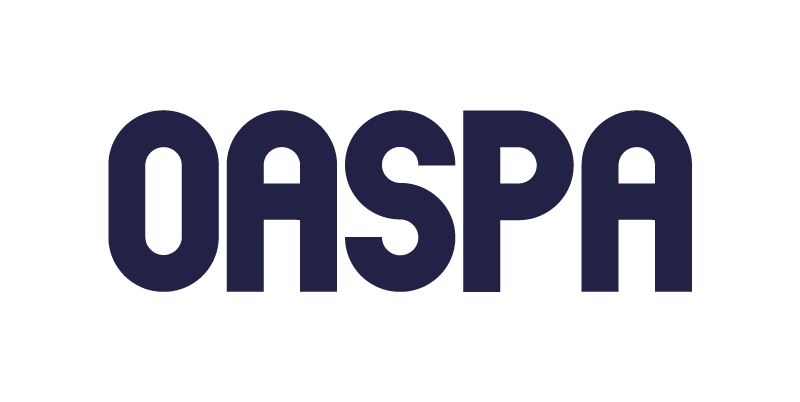Optimal Quantitave and Distributive Analysis of Thermal Pollution due to Heated Water Released to Rivers
DOI:
https://doi.org/10.31699/IJCPE.2008.2.4Abstract
To reduce the effects of discharging heated water disposed into a river flow by a single thermal source, two parameters were changed to get the minimum effect using optimization. The first parameter is to distribute the total flow of the heated water between two disposal points (double source) instead of one and the second is to change the distance between these two points. In order to achieve the solution, a two dimensional numerical model was developed to simulate and predict the changes in temperature distribution in the river due to disposal of the heated water using these two points of disposal.
MATLAB-7 software was used to build a program that could solve the governing partial equations of thermal pollution in rivers by using the finite difference technique. The distribution of temperature in the river was presented by using the SURFER software that was used to draw the temperature contour lines and computing the areas of critical temperature (The area where the temperature exceed a certain selected value, which is believed to be critical for aquatic life). The optimum case was that which gave the minimum critical area.
The decision variables are the subdivided flow of the two disposal points, and the distance between these two points. The result had indicated that the optimum case can be achieved when the flow of first point was 0.1 from the total flow of heated water and the second was 0.9 from this total flow. The optimal distance between the two points was found to be 30 m.
References
Al-Mosewi, Tariq, (2002),”Studying of Heated Water Released from South-Baghdad Electric Power Station to the Tigris River”,M.Sc. Thesis. University of Technology.
Al-Suhaili Rafa and Mohsin Jasim,(2006),”Two- Dimensional Numerical model for Thermal Pollution of Single Source in River”, Journal of Engineering. University of Baghdad,No.1,Vol.12.pp.25-29.
Andrzej Pozlewicz,(2005)” MODELLING OF THERMAL POLLUTION DISPERSION IN LOWER ODRA RIVER”. Department of Geotechnical Engineering, Szczecin University of Technology, Poland,PDF,Internet.
APHA,American Public Health Association,(1975),”Standard Methods for the Examination of water and wastewater”. Washington,D.C.
Cakiroglu,C., and Yurteri,C.,(1998),”Methodology for predicting cooling water effects on fish”.Journal.Env.Eng.,Vol.124,No.7.
Dae Geun Kim,(2000),” Modeling the mixing of heated water discharged from a submerged multiport diffuser”,Journal of hydraulic Research,vol.3,No.4,Internet .
Eugene R.Gilliland,(1983)” Density And Distribution Of Larval Fish In An Oklahoma Power Plant Cooling Water Reservoir”. Department Of Zoology, Oklahoma State University, Stillwater, Oklahoma,PDF,Internet.
Joody Ali.S.,(2001)” Studying of Thermal Pollution of the Heated water Released from Al-Doura Power station” M.Sc.Thesis, College of Engineering, University of Al-Mustansiria.
Li Ren Yu and Righetto A.M,(1998),”Tideland transport modeling using turbulelance K-ε model”. Journal.Hyd.Div,Vol.124,No.3.
Masters .G.M,(1998),”Introduction to Environmental Engineering and Science”,2nd.edition.USA.
National Environmental Health Forum Monographs ,Water Series No.2.(1996), “Guidance on water quality for heated spas”,Printed by Open Book Publisher.Internet.
Rastogi, A.K. and Rodi ,W.,(1978),” Prediction of heat and mass transfer in open channel”. Journal.Hyd.Div.vol.104,No.3.
Richard,N.L.,(2001),”Thermal Pollution”. University of North Caroline,Pdf,Internet.
. وزارة البيئة / دائرة الاعلام والتوعية البيئية، "التشريعات البيئية العراقية النافذة لعام 1990 / نظام رقم 25 لسنة 1967 – صيانة الانهار والمياه العمومية من التلوث".
Downloads
Published
Issue
Section
License

This work is licensed under a Creative Commons Attribution-NonCommercial 4.0 International License.












